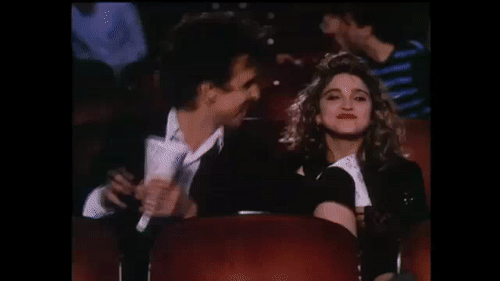Christus Rex is a Latin phrase that means “Christ the King.” It is often used to refer to Jesus Christ as the ruler and sovereign over all creation. Christus Rex is also the title of several churches, organizations, and events that celebrate the kingship of Christ.
The Second Coming refers to the anticipated return of Jesus Christ to Earth, as foretold in the Christian faith. According to Christian belief, Jesus will return to judge the living and the dead and establish his kingdom on Earth. This event is a central tenet of Christian eschatology and is described in the Bible, particularly in the New Testament. Christians believe that the Second Coming will bring about the ultimate fulfillment of God’s plan for humanity and the world.
1. The Second Coming of Christ: In the Bible, Jesus prophesied that he would return to earth in the future to judge the living and the dead and establish his kingdom.
2. Wars and Rumors of Wars: In the book of Matthew, Jesus predicts that there will be wars and rumors of wars before his return.
3. False Prophets and Deceivers: Jesus warned his disciples about false prophets and deceivers who would lead people astray in the end times.
4. Persecution of Christians: Jesus foretold that his followers would face persecution and hardship for their faith.
5. Signs in the Sky: In the book of Revelation, there are prophecies about signs in the sky, such as the sun turning black and the moon turning red, which will signal the end times.
6. The Antichrist: The Bible warns of a figure known as the Antichrist who will deceive many and lead them away from the true faith.
7. The Great Tribulation: Jesus spoke of a time of great distress and suffering that would come upon the world before his return.
8. The Gospel Preached to All Nations: Jesus predicted that the gospel would be preached to all nations before the end times.
9. The Rebuilding of the Temple in Jerusalem: Some interpretations of biblical prophecy suggest that the Jewish temple in Jerusalem will be rebuilt before the return of Christ.
10. The New Heaven and Earth: The Bible describes a new heaven and earth that will be created after the final judgment, where there will be no more pain, suffering, or death.





